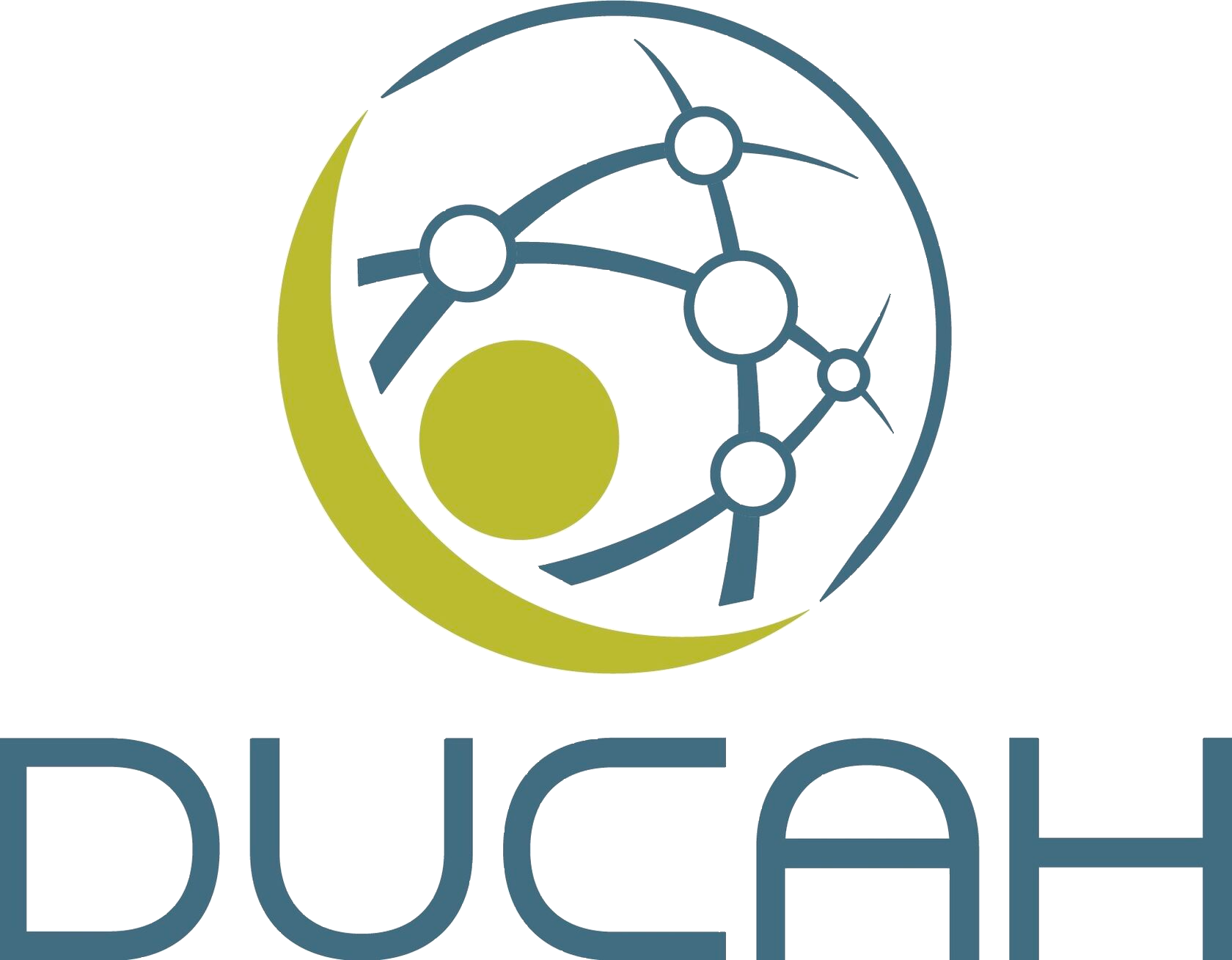The Digital Roadmap
a contemporary orientation for the healthcare and social economy.
Captains on the high seas know that to reach their destination safely, they need a reliable compass and accurate nautical charts. In business, it's no different. Companies need dependable information and a solid plan to shape their strategy for the future.
The Digital Roadmap serves as a guiding tool that helps businesses understand what to expect in terms of digitalization, technologies, and market developments. It is a customized strategic roadmap tailored to the specific needs of each company. This allows organizations to identify challenges, opportunities, and changes well before they occur.
The Digital Roadmap serves as a guiding tool that helps businesses understand what to expect in terms of digitalization, technologies, and market developments. It is a customized strategic roadmap tailored to the specific needs of each company. This allows organizations to identify challenges, opportunities, and changes well before they occur.


The term "roadmap" in English literally means a street map. You want to get from one point to another but don’t know how? A look at the map brings clarity!
A roadmap for companies works in the same way — it outlines both a starting point and a destination.
The journey from start to finish often takes several years, and it’s common to make stopovers or reach intermediate goals along the way. The roadmap reflects this structure.
Step by step, it illustrates which milestones need to be achieved in sequence in order to ultimately reach the main objective.
What’s essential is clearly defining the goals and setting a realistic timeline for achieving them — after all, you can’t drive from New York to Los Angeles in a single day.
A roadmap for companies works in the same way — it outlines both a starting point and a destination.
The journey from start to finish often takes several years, and it’s common to make stopovers or reach intermediate goals along the way. The roadmap reflects this structure.
Step by step, it illustrates which milestones need to be achieved in sequence in order to ultimately reach the main objective.
What’s essential is clearly defining the goals and setting a realistic timeline for achieving them — after all, you can’t drive from New York to Los Angeles in a single day.
What is a Digital Roadmap?
The Five Benefits of a Digital Roadmap
The Digital Roadmap not only provides the company’s leadership with confidence and strategic direction.
- 1. Clear Outlook:Strategic goals and the actions required to achieve them are clearly defined.
- 2. Efficient Prioritization:Tasks can be more easily selected and planned based on their importance.
- 3. Strengthening Understanding of Digitalization:The significance of digitalization is highlighted, accelerating the cultural transformation within the company.
- 4. Improved Communication:Developing a roadmap promotes active information sharing and leads to higher-quality decision-making.
- 5. Motivation Through Visible Successes:Achieving intermediate goals makes progress tangible, boosting motivation and engagement among all stakeholders.
How Do We Proceed – or:
The Simple Path to a Digital Roadmap
The Simple Path to a Digital Roadmap
The development of a Digital Roadmap is based on a human-centered approach.
The process consists of four key steps:
The process consists of four key steps:
2
3
4
Assessment and Analysis of
the Current State
the Current State
Collaborative Definition
of Objectives
of Objectives
Sensitivity Analysis and Scenario Development
Development of the Digital Roadmap
1
The goal and strategic direction are developed jointly with the project team.
All relevant target groups are involved in defining the goals and content of the roadmap. Experts from science and research contribute the latest findings.
All collected data is analyzed. The sensitivity analysis identifies key influencing factors and helps prioritize them. Scenario development supports risk mitigation, opportunity identification, and the creation of strategies that can succeed in various future contexts.
The consolidated results from the sensitivity analysis and scenario development flow into the final Digital Roadmap, which is then presented to the project team.
Collaborative Definition of Objectives
The goal and strategic direction are developed jointly with the project team.
Assessment and Analysis of the Current State
All relevant target groups are involved in defining the goals and content of the roadmap. Experts from science and research contribute the latest findings.
Sensitivity Analysis and Scenario Development
All collected data is analyzed. The sensitivity analysis identifies key influencing factors and helps prioritize them. Scenario development supports risk mitigation, opportunity identification, and the creation of strategies that can succeed in various future contexts.
Development of the Digital Roadmap
The consolidated results from the sensitivity analysis and scenario development flow into the final Digital Roadmap, which is then presented to the project team.
Why a Digital Roadmap Is So Important
for the Social Sector
The social sector has industry-specific goals, values, and challenges that are unique — and these are reflected in the needs of the people it serves. A human-centered approach is therefore essential when developing a strategic roadmap.
Given the rapidly changing and complex conditions, organizations must be prepared for continuous transformation and capable of acting with flexibility. Technologies that were once groundbreaking are constantly being replaced by better and faster alternatives. Developing a Digital Roadmap ensures a long-term, structured approach to managing this change.
DUCAH contributes to this process through its broad network and deep expertise, enabling an effective response to the evolving demands of the healthcare and social services sectors.
Given the rapidly changing and complex conditions, organizations must be prepared for continuous transformation and capable of acting with flexibility. Technologies that were once groundbreaking are constantly being replaced by better and faster alternatives. Developing a Digital Roadmap ensures a long-term, structured approach to managing this change.
DUCAH contributes to this process through its broad network and deep expertise, enabling an effective response to the evolving demands of the healthcare and social services sectors.
For More information, Please Contact Us!




